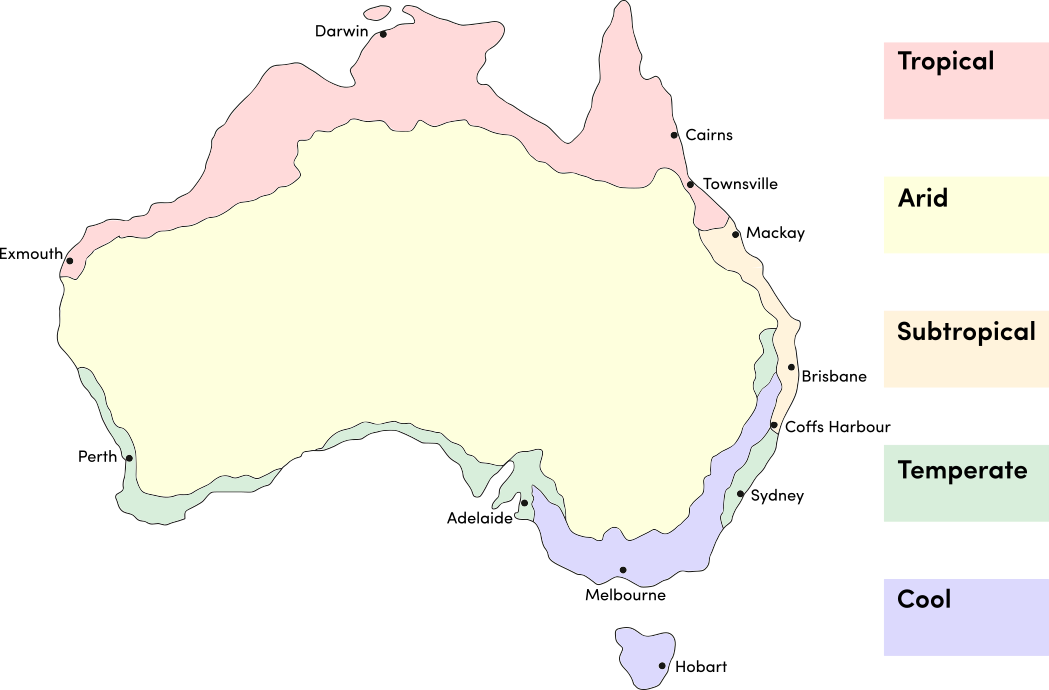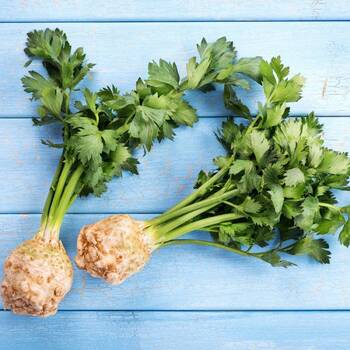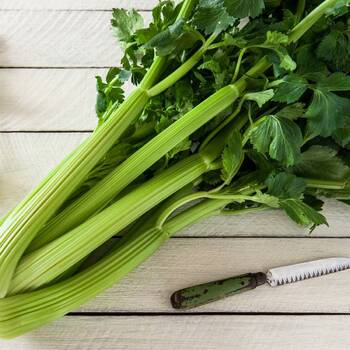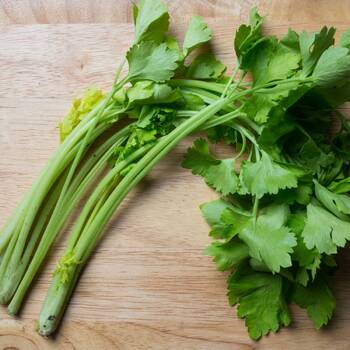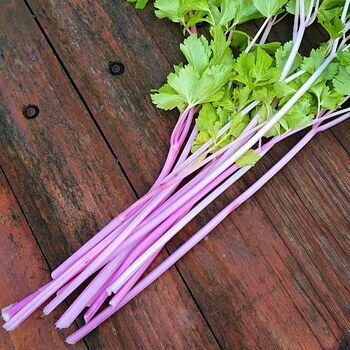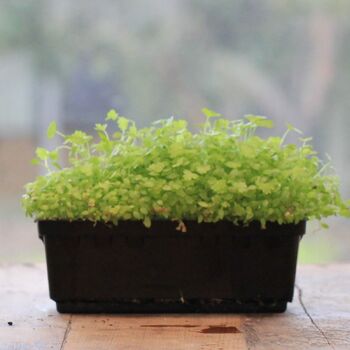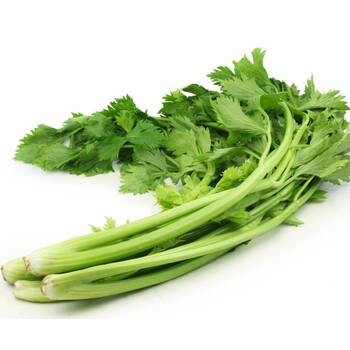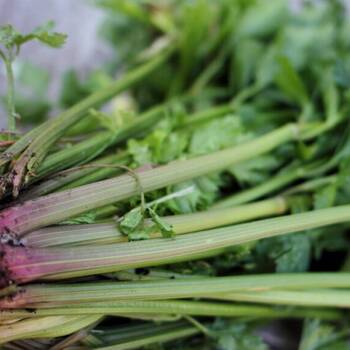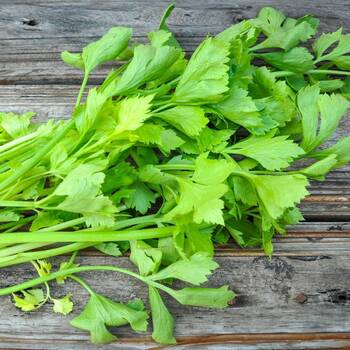Celery Seeds_
Guides
-
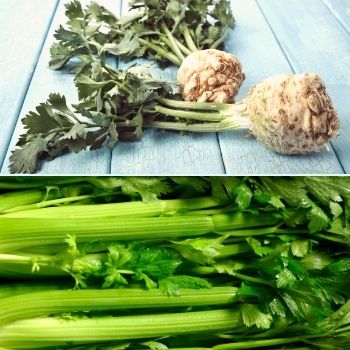
How to Grow Celery Seeds
A comprehensive guide on how to grow Celery Seeds; including soil preparation and position, when and how to sow, when and how to harvest and common pests and diseases. View guide.
-
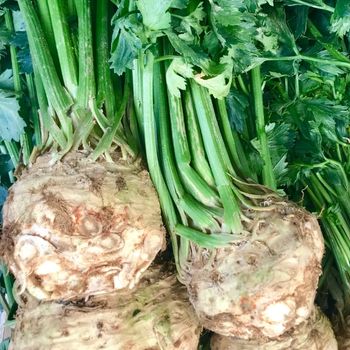
How to Grow Celeriac Seeds
A comprehensive guide on how to grow Celeriac Seeds; including soil preparation and position, when and how to sow, when and how to harvest and common pests and diseases. View guide.
-
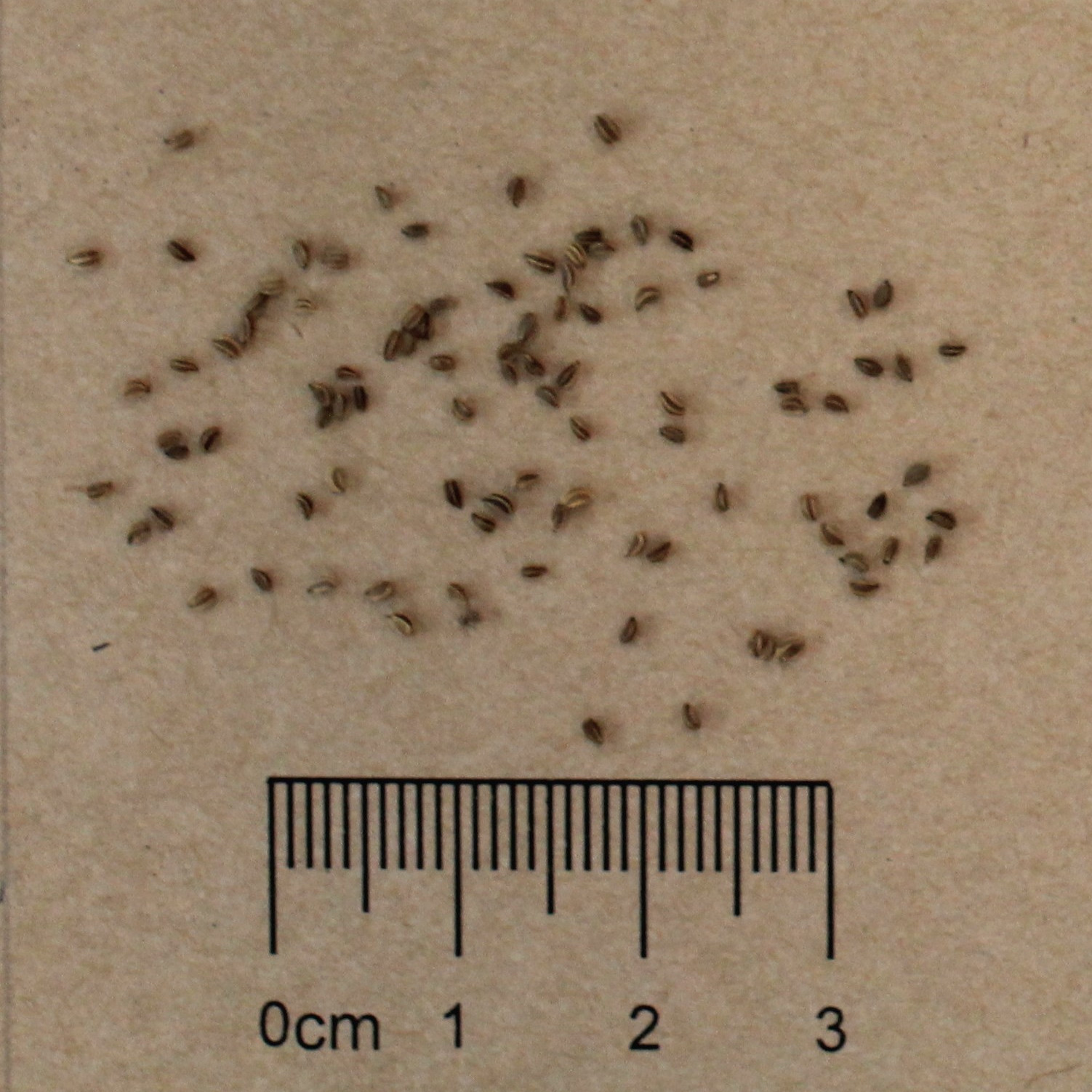
Seed Saving Guide: Celery (Apium graveolens)
A guide on how to save Celery seeds; including pollination type, isolation distance, when to harvest and best cleaning methods. View guide.
More Related Content
-
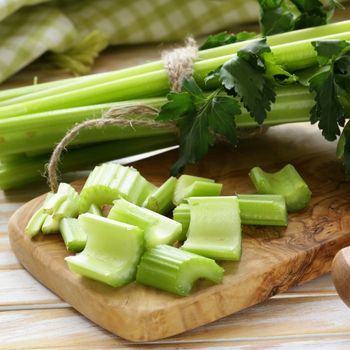
5 Tips for Growing Tender, Juicy Celery
Celery is a versatile vegetable that can be grown as a cut and come again crop in the vegetable garden. Grown without adequate care (and water!), the results can be stringy and tough. Follow these simple tips to grow a tasty crop of tender, juicy celery. Read article.

